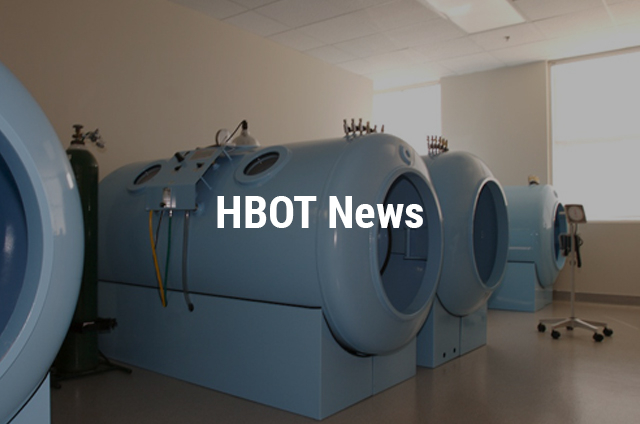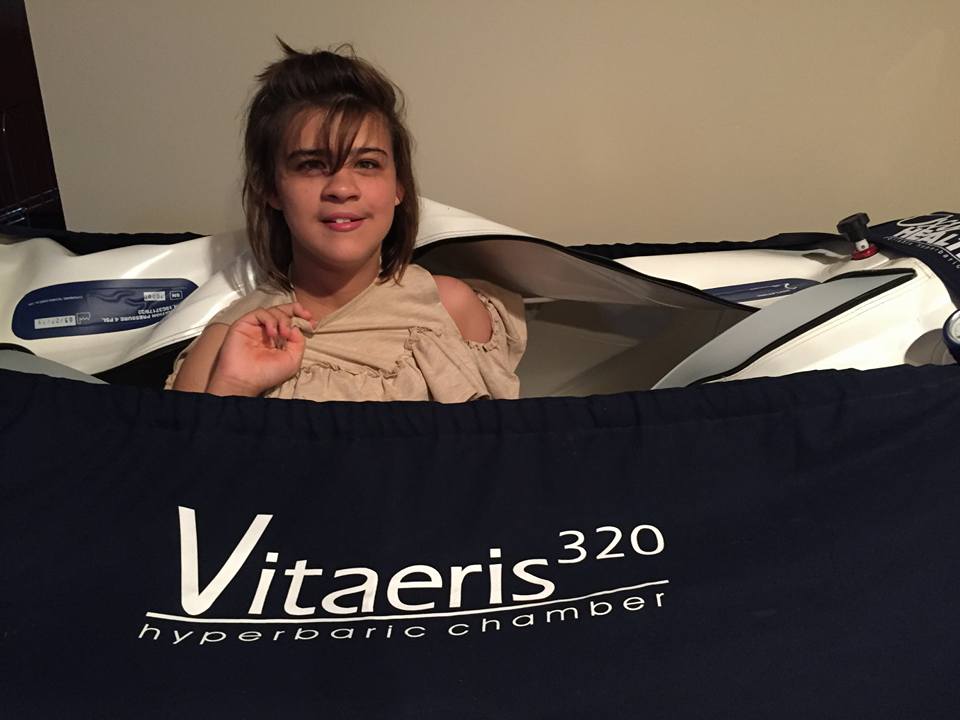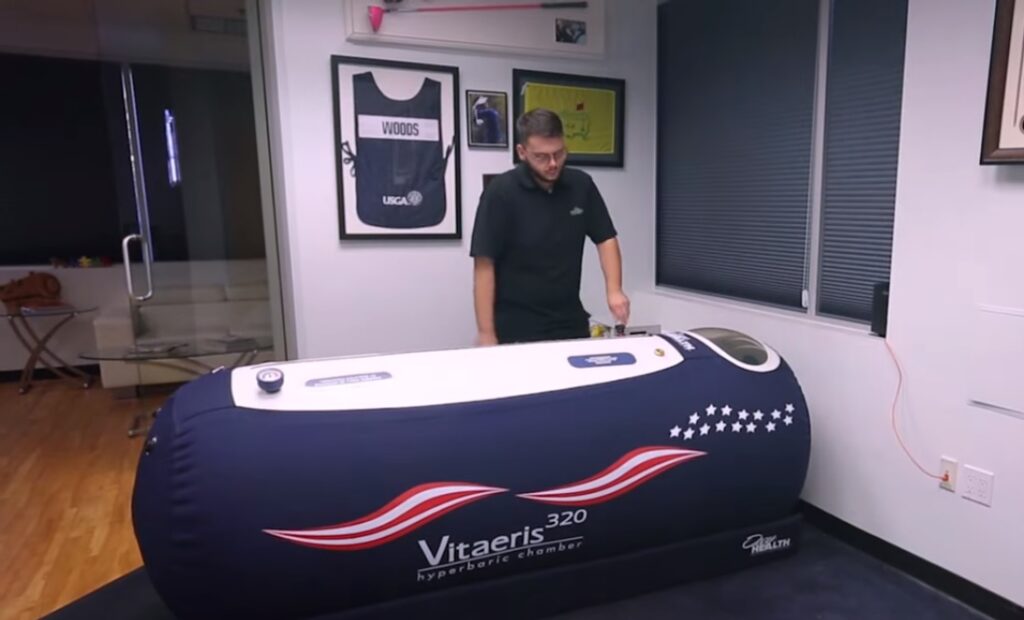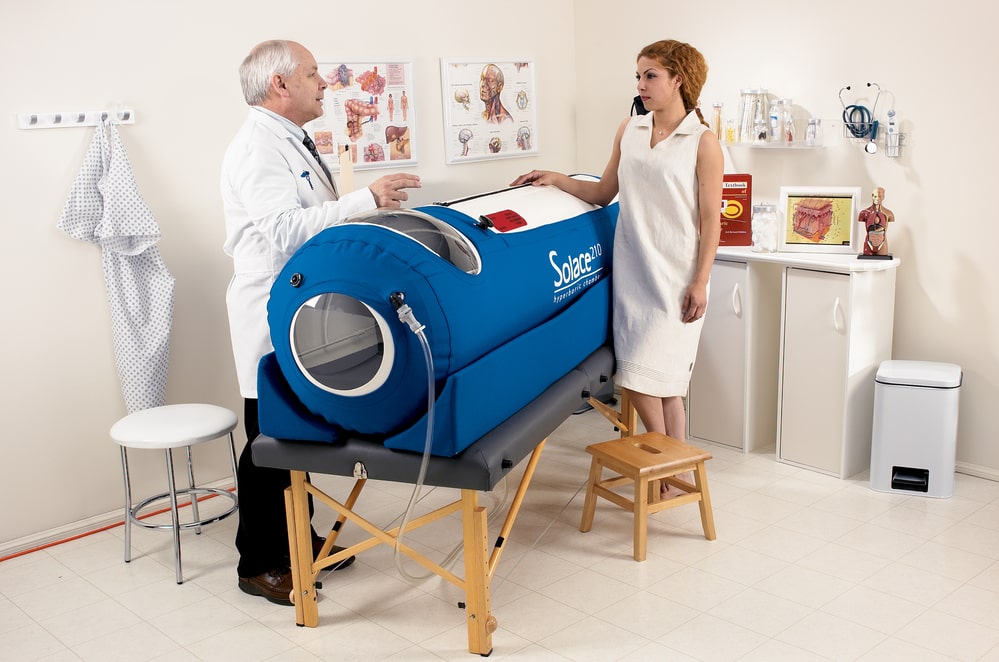Stroke is the fifth leading cause of deaths in the United States each year, according to an estimate. Only two third of about 800,000 Americans who suffer a stroke annually, manage to survive.
A rehabilitation program is imperative to bring the lives of the stroke survivors back on track. However, the standard treatment with regard to rehabilitation does not reverse the damage caused to the brain due to a stroke.

The hunt for the treatment that could reverse the negative effects of a stroke on the brain cells has been on, and has kept the researchers on their toes for years. Most researchers at the present time believe that HBOT (Hyperbaric Oxygen Therapy) can help accomplish it.
How A Stroke Affects The Brain
The cerebral cortex, which constitutes the largest part of the brain, consists of a hemisphere on either side: the right hemisphere and the left hemisphere. While the former controls cognition, emotions, and the position of the body, the latter controls a person’s expressive and receptive language skills.
When a person suffers a stroke, the supply of oxygen to their brain cells is either severely limited or totally cut off. Though most cells in the body are capable of respiring anaerobically, the brain cells rely on oxygen for respiration owing to their high metabolic rate.
The neurons start dying out as soon as the supply of oxygen to the brain cells is cut off. As a result, the brain cells start dying out as well due to the failure to meet the energy requirements of the cells.
A stroke is a medical emergency. It may damage a brain cell either partially or fully; the damage to the former can be reversed, but it cannot be done in case of the latter.
How HBOT Puts A Patient On The Road To Recovery
HBOT supplies an additional amount of oxygen to the body, and by doing so, it brings significant neurologic improvements in stroke patients. Dissolved oxygen activates neuroplasticity, and improves neurologic deficiencies due to a stroke.
A study suggests that HBOT in conjunction with fluoxetine treatment wards off the onslaught of post-stroke depression and improves the quality of life of a patient after a stroke. The treatment corrects the metabolic abnormalities, and in the process, multiplies the chances of a full-scale recovery.
The advantages of HBOT are that it is painless, non-invasive and has minimal side effects. Although it is yet to get the approval of the FDA for the treatment of stroke patients, its benefits make it worth a try. However, patients should consult a healthcare provider before opting for the therapy, to be on the safe side.




